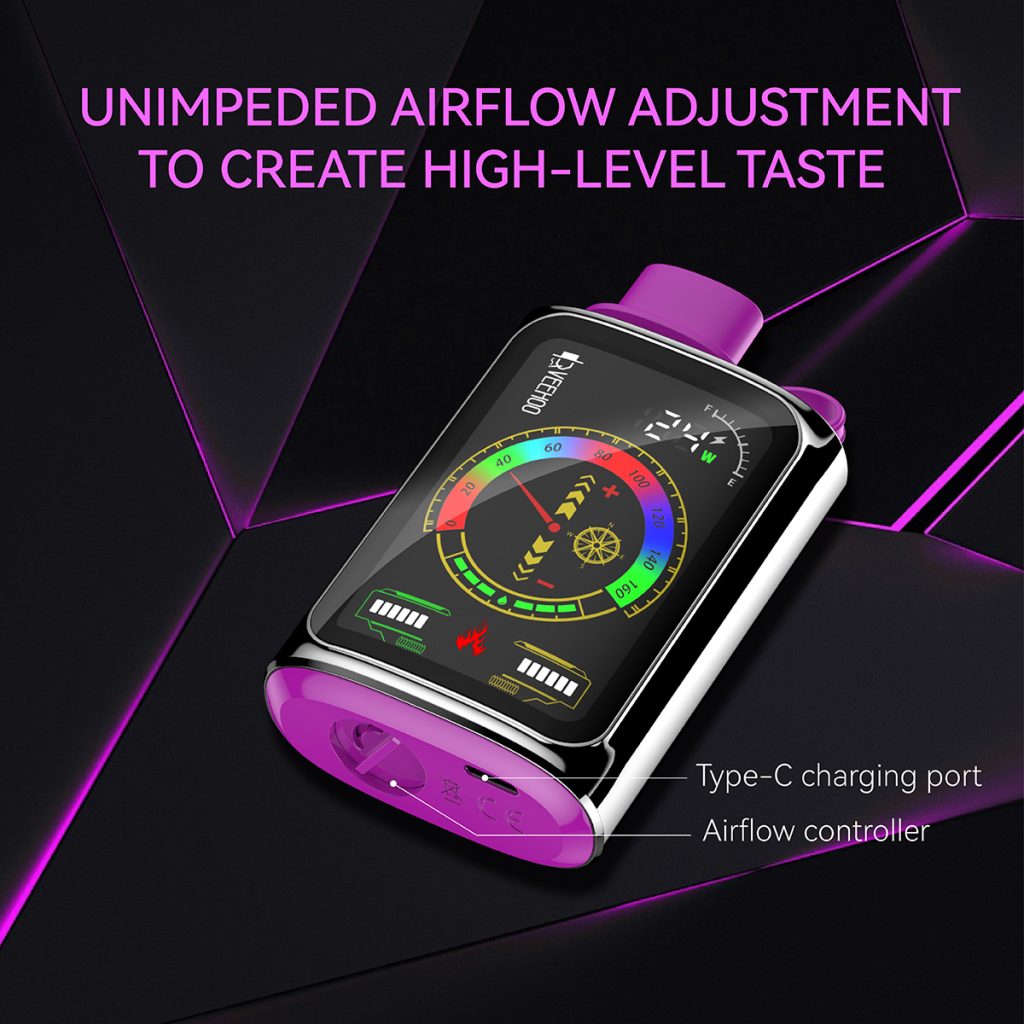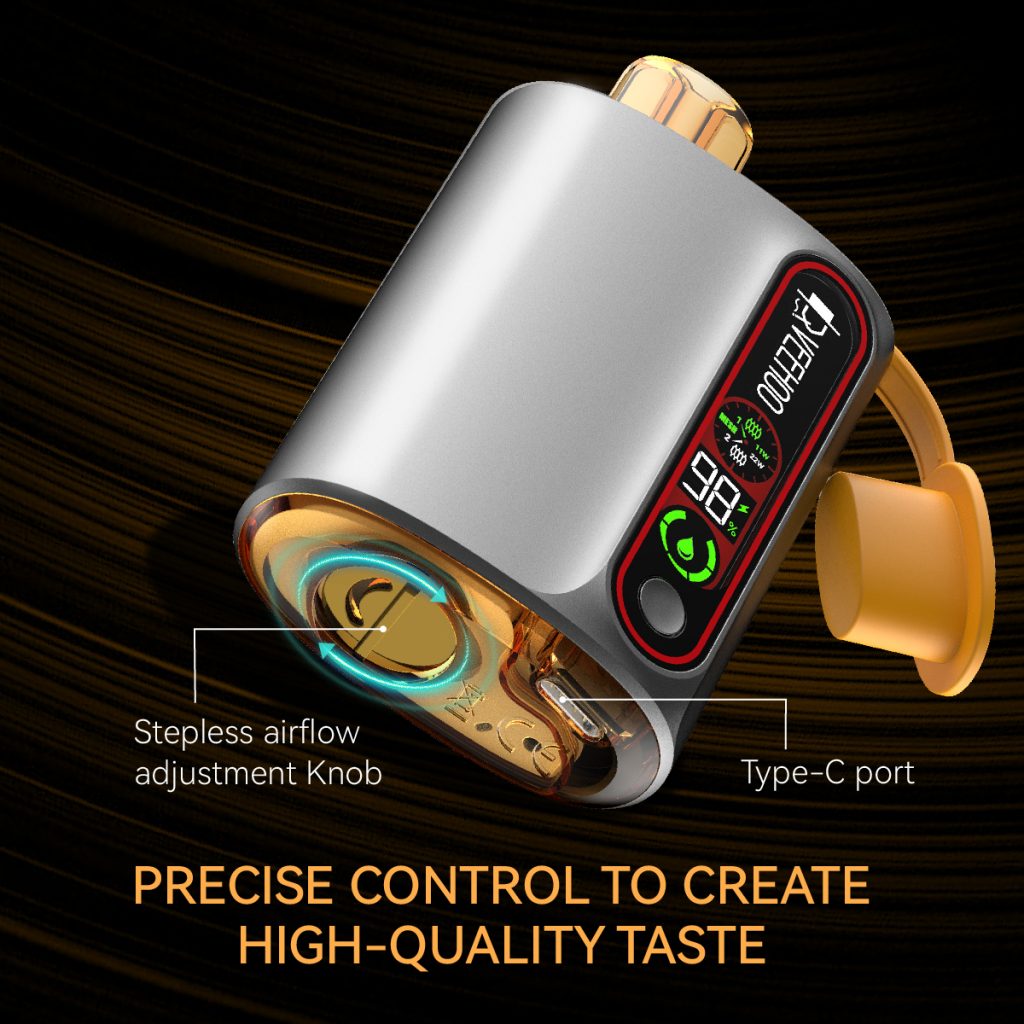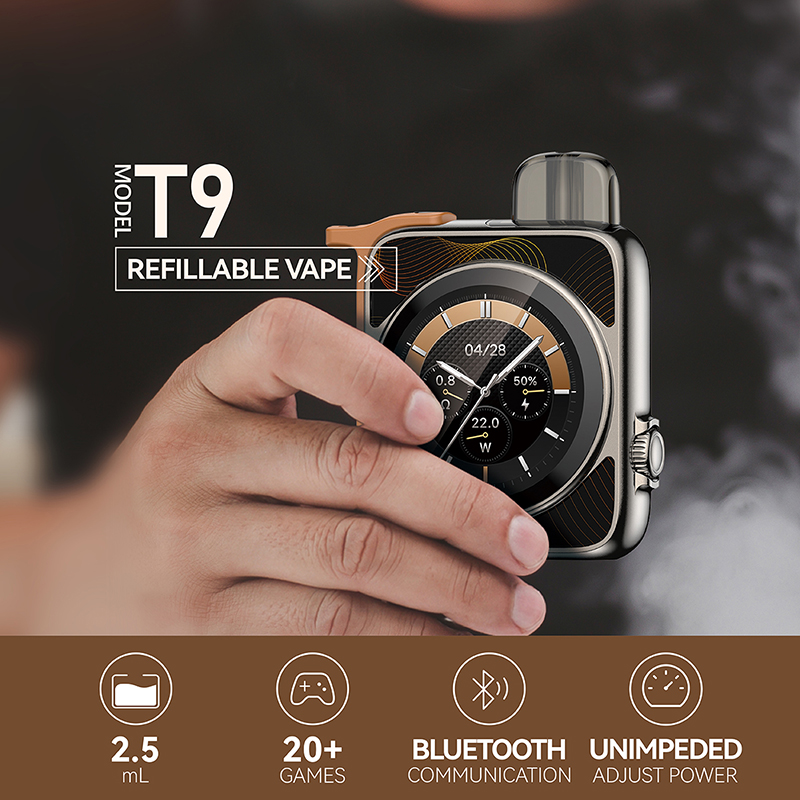In 2024, South Korea’s e-cigarette market continued to maintain a high growth momentum, with e-cigarette imports reaching US$85.64 million, up 39.5% from the same period last year, setting a new high in recent years. Against the backdrop of the booming global e-cigarette market, synthetic nicotine products have quickly occupied the market gap due to their “legal gray” area, driving a strong demand for new tobacco substitutes in South Korea. With the diversification of import and sales channels for synthetic nicotine, the government’s regulatory gap for such products has become increasingly prominent, and it is urgent to regulate them through legislative means.
The Korean tobacco market has shown a trend of continuous decline in sales of traditional cigarettes, but sales of new tobacco products such as heat-not-burn and e-cigarettes have risen against the market. According to the latest data from the Ministry of Strategy and Finance of South Korea, sales of new tobacco products in 2024 will increase by 8.3% year-on-year, accounting for more than 18.4%, showing the continued strength of this sector in domestic tobacco consumption. Correspondingly, natural nicotine e-liquid is strictly regulated by the Tobacco Law, and online sales and vending machine channels are almost blocked. However, synthetic nicotine is not extracted from tobacco leaves and does not fall under the current definition of “tobacco products”. Instead, it is unimpeded and has become the first choice for many young people to try new things.

The rapid expansion of synthetic nicotine products has not only driven a surge in imports, but also brought concerns about the amount of use by teenagers. Industry insiders pointed out that some minors can easily obtain synthetic nicotine e-liquid through e-commerce platforms or unmanned vending machines, which poses a public health risk and the regulatory authorities are highly concerned about this. In order to plug the “loophole”, the South Korean government has repeatedly proposed amendments to the law in the National Assembly, planning to re-include synthetic nicotine products in the scope of the Tobacco Business Law and impose the same consumption tax and health promotion tax on them as natural nicotine.
In fact, since the second half of 2024, the South Korean National Assembly has submitted more than a dozen amendments to synthetic nicotine legislation, covering tax rate adjustments, sales channel restrictions, packaging warning labels and other aspects. At the same time, the Korean Electronic Liquid Safety Association also proposed at the seminar that using taxation as a means alone may cause consumers to return to traditional cigarettes and weaken the effectiveness of alternative tools for “harm reduction”, and suggested that the government should comprehensively consider public health and consumer rights when legislating.

In this wave of policy changes, leading brands in the industry have accelerated their layout. Electronic cigarette brands represented by VEEHOO have quickly gained a foothold in the Korean market with technological innovation, compliant operations and precise market strategies. Data shows that in 2024, South Korea’s electronic cigarette sales will increase by 25% year-on-year, and synthetic nicotine products will account for more than 97%. Among them, the VEEHOO brand has won the favor of a large number of consumers with strong health awareness due to its “dual-core atomization technology” and rich flavor selection.
In order to actively respond to the upcoming legislative regulations, VEEHOO not only took the lead in completing a number of international certifications such as product TPD and KC, but also actively participated in the formulation of industry standards, maintained close communication with the Korean government and public health agencies, and promoted the establishment of a healthier and more standardized electronic cigarette market environment. In terms of product innovation, VEEHOO continuously optimizes the nicotine release mechanism, reduces the residual harmful substances, and guides consumers to use rationally through educational and publicity activities, setting a good example for the industry.

Facing the future, as the legislative norms of synthetic nicotine products are gradually implemented, the Korean e-cigarette market may shift from “barbaric growth” to “orderly development”. After completing the revision of the law, the regulatory authorities need to strengthen law enforcement in the import, sales, and publicity links, and combine scientific research to dynamically evaluate the hazards and risks of new tobacco products. Brand companies should plan ahead, strictly update product labels in accordance with the requirements of the new law, improve channel management, and enhance their own compliance capabilities to ensure that they are invincible in the new round of market competition.
Overall, the nearly 40% increase in South Korea’s e-liquid imports in 2024 reflects both the market’s strong demand for e-cigarette substitutes and the urgency of legislative norms in the field of synthetic nicotine. Through continuous technological innovation, perfect industry self-discipline and active regulatory promotion, high-quality e-cigarette brands such as VEEHOO are expected to achieve more stable development in the “new regulations” era, providing consumers with safer and healthier tobacco control and harm reduction options, while helping the industry to mature and be sustainable.
Tags: ceramic atomizer core, nicotine bag, flavored e-cigarette, veehoo vape